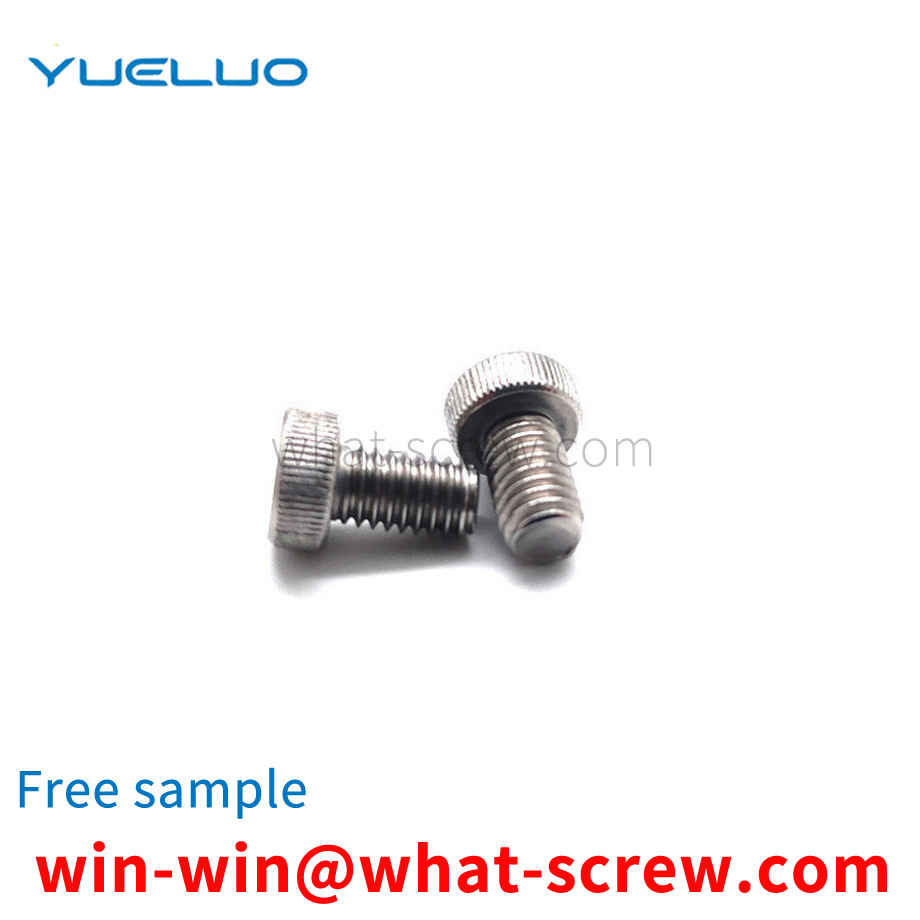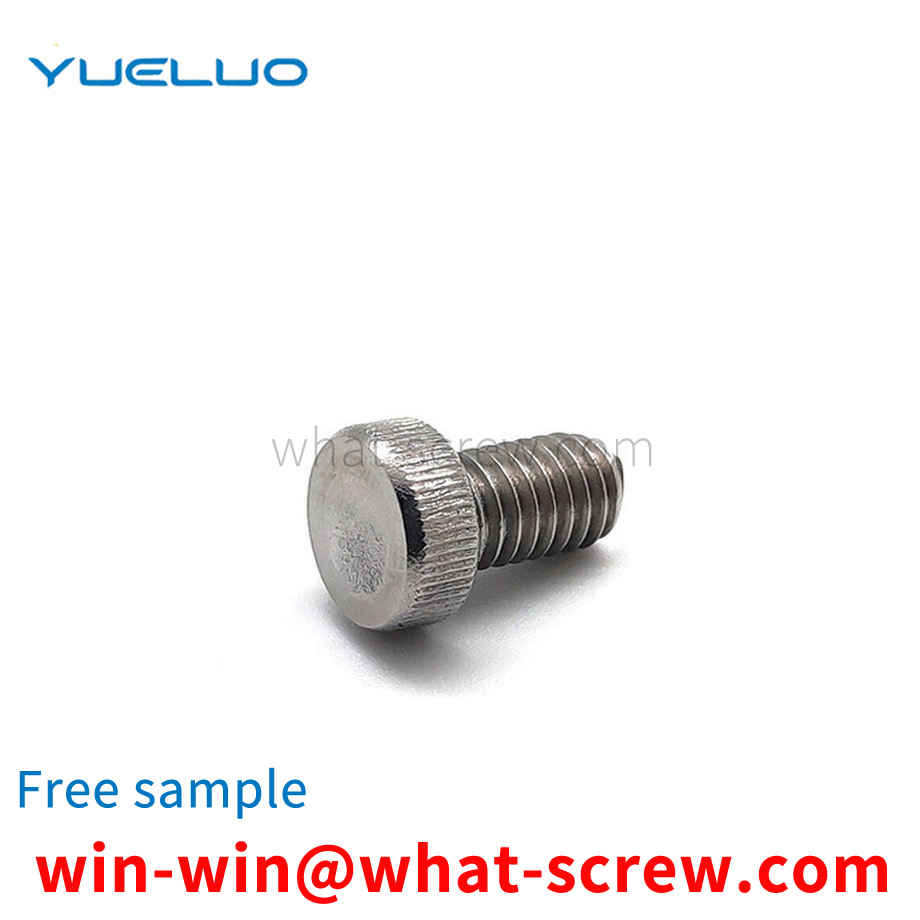Standardized mechanical parts for fastening connections. Standard fasteners mainly include bolts, studs, screws, set screws, nuts, washers and rivets. There are many structural types of bolts, and most of the heads are hexagonal. For bolts subjected to shock, vibration or variable load, in order to increase flexibility, the polished rod part is made into thin sections or hollows. The seat end of the stud is screwed into the threaded hole of the connected piece, and the nut used at the nut end is similar to the bolt nut. The structure of the screw is basically the same as that of the bolt, but the shape of the head is various to adapt to different assembly spaces, tightening degrees and connection appearances. Set screws have different head and tip shapes to accommodate different levels of tightening. Nuts are also available in a variety of styles, with hexagons being the most widely used.
The history of screws was broadcast in 1986. Our country formulated a new standard for standard parts, which is commonly known as the new standard in the business. The most used ones are GB5780, GB5781, GB5782, GB5783, GB5784. GB5780 is a hexagonal head thick shank half-thread screw, its accuracy grade is C-grade product, which can be replaced by GB5782 (GB5782 is a hexagonal head thick shank full-thread screw, and its accuracy grade is grade A and B.) GB5781 is a hexagonal head full-thread screw. Threaded screw, the accuracy grade is C grade product. It can be replaced by GB5783 (GB5783 is a hexagonal head full-tooth screw, and its accuracy grades are A and B). GB5784 is a hexagon screw with thin rod and half teeth.
Today's advanced manufacturing represented by large aircraft, large power generation equipment, automobiles, high-speed trains, large ships, and large complete sets of equipment has entered an important development direction. As a result, fasteners will enter an important stage of development. High-strength bolts are used for the connection of important machinery, and repeated disassembly or various installation torque methods require extremely high-strength bolts. Therefore, the quality of its surface condition and thread accuracy will directly affect the service life and safety of the host. In order to improve the friction coefficient and avoid corrosion, seizure or sticking during use, the technical requirements stipulate that the surface should be treated with nickel phosphorus plating. The thickness of the coating is guaranteed to be within the range of 0.02 to 0.03 mm, and the coating is uniform, dense, and free of pinholes.
According to the process, the wing nut can be divided into cold heading wing nut, casting wing nut and stamping wing nut. According to the shape, it can be divided into two basic shapes: square wing and round wing. According to the national standard number, it can be divided into GB/T62.2-2004 Square Wing Wing Nut Wing Nut Round Wing Wing Nut Round Wing GB/T62.1-2004 Round Wing Wing Nut
Flat washers are usually thin pieces of various shapes used to reduce friction, prevent leakage, isolate, prevent loosening, or distribute pressure. Such components are found in many materials and structures to perform a variety of similar functions. Restricted by the material and process of threaded fasteners, the bearing surface of fasteners such as bolts is not large, so in order to reduce the compressive stress of the bearing surface and protect the surface of the connected parts, washers are used.
We have many years of experience in the production and sales of screws, nuts, flat washers, etc. The main products are: countersunk head torx bolts, internal and external tooth serrated lock washers, fastening nuts and nuts, metal small washers, gaskets and other products. We can provide you with the right fastener solution for you.



















 Service Hotline
Service Hotline




